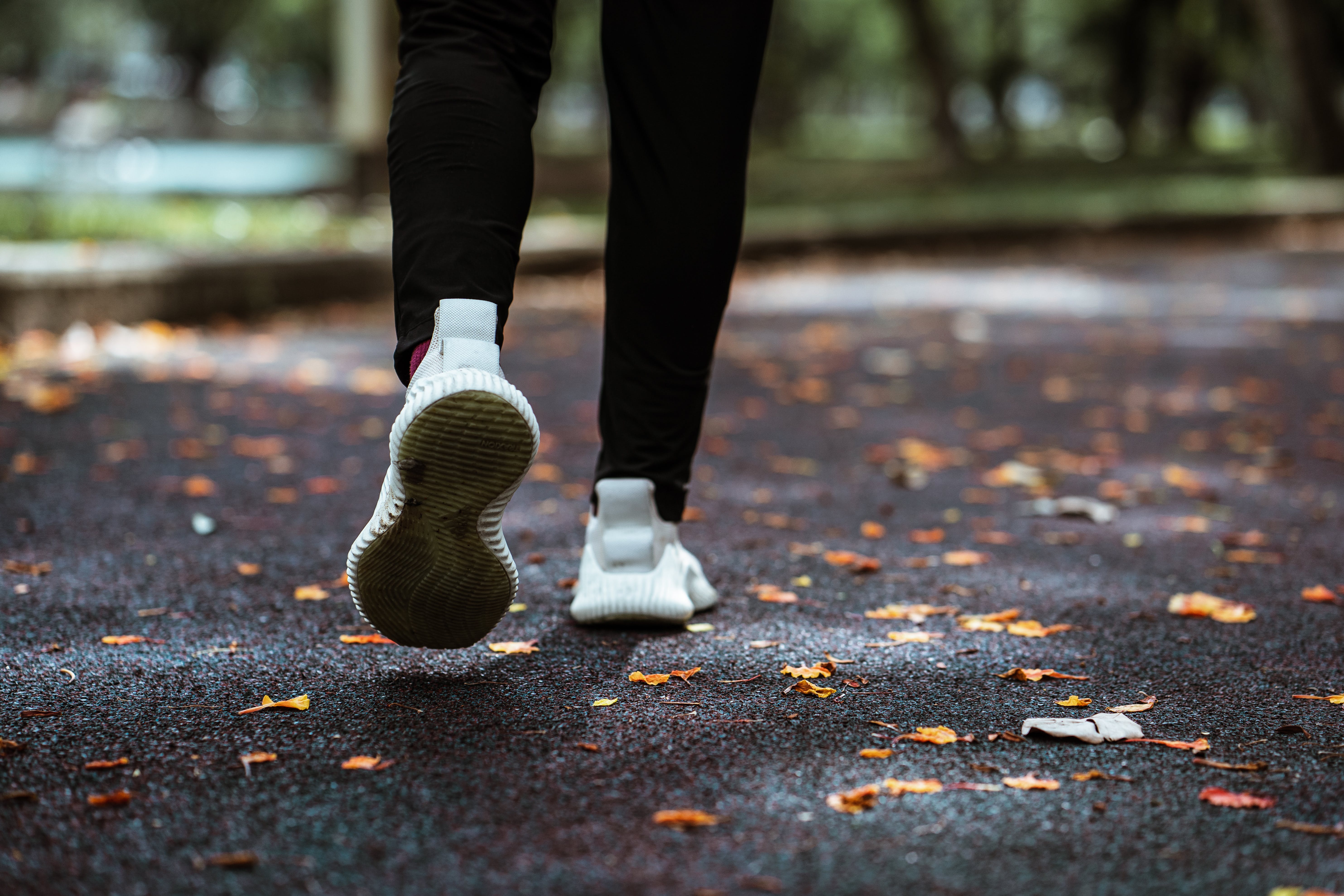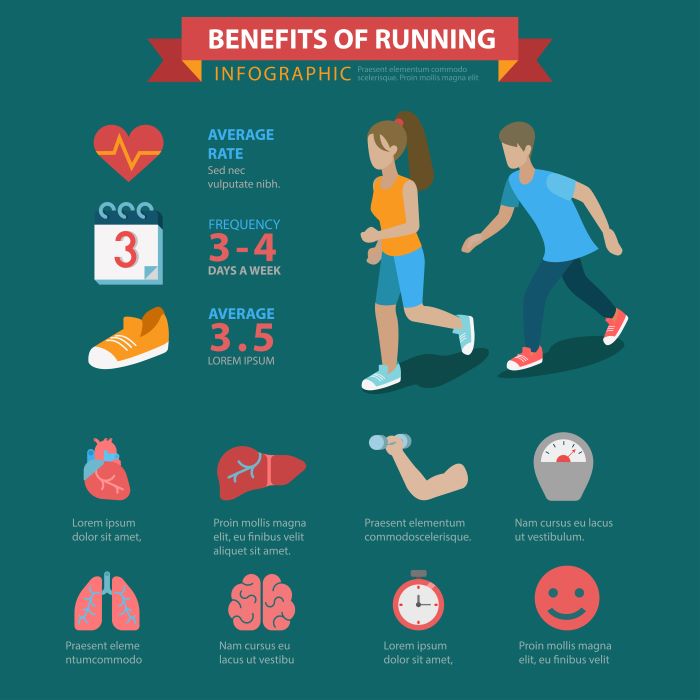Running is often celebrated as a fantastic cardiovascular exercise, but many enthusiasts wonder, does running exercise your abs? The answer isn’t as straightforward as it might seem. When you lace up your shoes and hit the pavement or the trails, your core plays a vital role in maintaining stability and posture. Engaging your abdominal muscles effectively not only enhances your running performance but also contributes significantly to your overall fitness.
As you run, your body requires a strong core to support proper form. This involves a coordinated effort from various muscle groups, including the rectus abdominis, obliques, and transverse abdominis. These muscles work together to keep your torso upright, thus allowing for more efficient movement and reducing the risk of injury. Moreover, a strong core can improve your running efficiency, allowing you to conserve energy and run longer distances.
Furthermore, the act of running itself involves a natural engagement of your abdominal muscles, particularly when navigating uneven terrains or inclines. This engagement can help tone and strengthen the abs, leading to improved definition over time. So, whether you’re a seasoned marathoner or just starting out, understanding the relationship between running and core strength is crucial.
Ready to explore tailored workouts that engage your core? Visit our website to learn more and get started today! Click here.
How Running Affects Core Muscle Activation

Understanding how running affects core muscle activation can provide insights into enhancing your workouts. Each stride you take during a run requires coordination and strength from your core muscles. The primary role of your core is to stabilize your body, helping you maintain balance and posture as you move. This stability is essential, particularly as the terrain changes or when you increase your pace.
When you run, your abdominal muscles engage to support and stabilize your spine. Here are some key aspects of how running activates these core muscles:
- Dynamic Engagement: Each step activates your core muscles dynamically. As your legs propel you forward, your core works to keep your pelvis and torso aligned, preventing excessive rotation.
- Increased Endurance: The repetitive nature of running helps build endurance in your core muscles. Over time, this leads to greater strength and stability, which can enhance overall running performance.
- Balance and Coordination: Running on uneven surfaces, such as trails, forces your core to engage even more to maintain balance. This not only strengthens your abs but also improves proprioception, which is your body’s ability to sense its position in space.
- Breathing Mechanics: Proper breathing while running involves abdominal engagement. The diaphragm and core muscles work together to facilitate efficient breathing, allowing for improved oxygen intake and endurance.
Incorporating specific core exercises into your routine can further enhance these benefits, making your runs more effective and enjoyable. By focusing on core strength, you can maximize the benefits of your running sessions.
Benefits of Running for Abdominal Strength

Engaging in regular running offers a multitude of benefits for abdominal strength, making it an excellent addition to your fitness routine. Not only does running help in burning calories and improving cardiovascular health, but it also plays a significant role in enhancing the strength and functionality of your core muscles. Here are some noteworthy advantages of running as it pertains to abdominal strength:
- Caloric Burn: Running is a high-intensity exercise that can effectively reduce overall body fat. With less fat around your midsection, your abdominal muscles become more visible and defined.
- Improved Core Stability: The repetitive motion of running requires continuous core engagement, which leads to better stability. This stability is crucial for maintaining proper posture and alignment during various physical activities.
- Functional Strength: The strength developed through running is functional, meaning it translates well to everyday activities. A strong core supports lifting, bending, and twisting motions, enhancing your overall physical performance.
- Enhanced Athletic Performance: Strong abdominal muscles contribute to improved running efficiency. They help in transferring energy from your lower body to your upper body, allowing for increased speed and endurance.
- Reduced Injury Risk: A robust core helps protect your spine and pelvis during physical activity. By strengthening your abdominal muscles through running, you can minimize the risk of injuries related to poor posture or muscle imbalances.
Incorporating running into your fitness regimen not only aids in developing a stronger core but also fosters a sense of accomplishment and joy in movement, contributing to an overall healthier lifestyle.
Comparing Running to Other Core Exercises

When discussing core strengthening exercises, running often stands out as a unique option compared to traditional core workouts. While exercises like planks, sit-ups, and bicycle crunches target abdominal muscles directly, running engages the core in a more dynamic and functional manner. Here’s how running compares to other core exercises:
- Dynamic Engagement: Unlike static exercises that isolate specific muscles, running requires your core to stabilize your body as you move. This dynamic engagement enhances not only abdominal strength but also engages the obliques, lower back, and hip flexors.
- Cardiovascular Benefits: While core-focused workouts primarily strengthen muscles, running simultaneously improves cardiovascular health. This dual benefit can contribute to overall fitness, making it an efficient way to burn calories while building core strength.
- Functional Fitness: Running mimics real-life movements, making it a functional exercise that prepares your body for daily activities. This functional aspect of running can lead to better performance in sports and reduce the risk of injury.
- Variety and Adaptability: Running can be easily modified to challenge your core in different ways. Incorporating hills, intervals, or varying your pace can further engage your abdominal muscles, providing variety to your workout.
- Accessibility: Running requires minimal equipment and can be done almost anywhere, making it an accessible option for many. In contrast, some core exercises may require gym equipment or specific setups.
While traditional core exercises are essential for targeting specific muscle groups, incorporating running into your routine can provide a comprehensive approach to core strength, promoting both muscular development and overall fitness.
Tips to Enhance Abdominal Engagement While Running

Maximizing abdominal engagement while running can lead to improved core strength, better posture, and enhanced overall performance. Here are some effective tips to help you activate your core muscles during your runs:
- Maintain Proper Posture: Keeping an upright posture with your shoulders back and down can help engage your core muscles. Focus on a straight spine and avoid leaning too far forward, which can reduce core activation.
- Engage Your Core: Deliberately tighten your abdominal muscles as you run. Think of pulling your belly button towards your spine. This conscious engagement will help stabilize your torso and enhance the workout for your abs.
- Incorporate Interval Training: Varying your pace with intervals can elevate your heart rate and require more core stabilization. Short bursts of speed followed by recovery periods can activate your core more efficiently.
- Use Your Arms: Swinging your arms in sync with your legs not only aids in maintaining balance but also engages your core. Ensure your arms move in a controlled manner to support your overall body movement.
- Focus on Breathing: Proper breathing techniques can also enhance core activation. Use deep diaphragmatic breathing to engage your abdominal muscles as you inhale and exhale. This can help increase oxygen flow and stabilize your core.
- Incorporate Hill Running: Running uphill naturally forces your core to work harder for stability and balance. This added challenge helps to further strengthen your abdominal muscles.
By implementing these tips, you can not only improve your running efficiency but also maximize the benefits for your core strength, leading to better overall fitness outcomes.
Conclusion: Is Running Enough for Ab Workout?
In summary, while running is an excellent cardiovascular workout that can engage your abdominal muscles to some extent, it may not be sufficient on its own for a comprehensive ab workout. The **dynamic movement** involved in running helps to activate the core, but it primarily targets aerobic fitness rather than specifically sculpting your abs.
To truly strengthen and define your abdominal muscles, it’s beneficial to incorporate additional core-strengthening exercises into your routine. Exercises such as planks, crunches, and leg raises can provide targeted engagement of the core muscles, complementing the benefits of running.
Incorporating these exercises alongside your running regimen not only enhances overall core strength but also improves your running efficiency and posture. Thus, the answer to the question, “Does running exercise your abs?” is yes, but for a well-rounded approach to core strength, diversifying your workout routine is key.
Ready to take your fitness journey to the next level? Visit our website to learn more and get started today! Click here.


